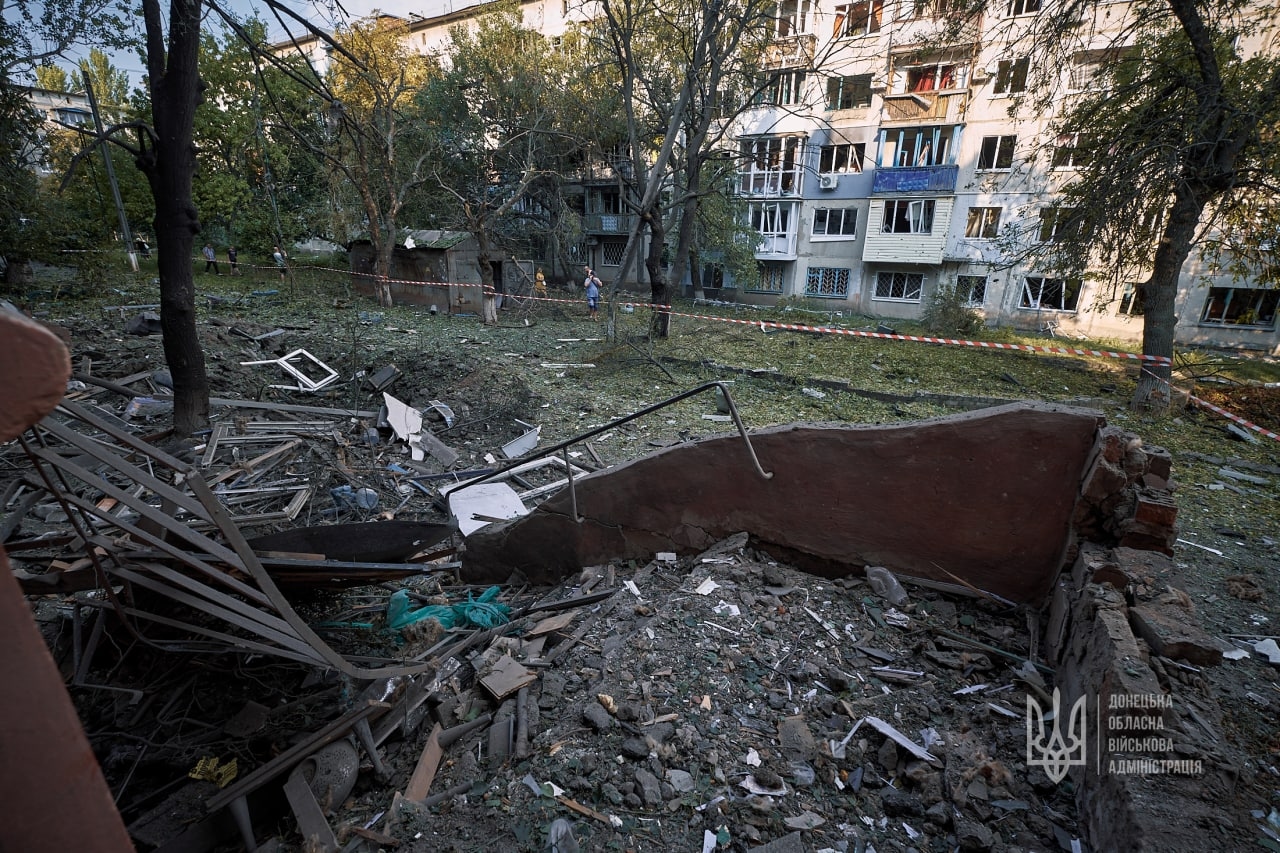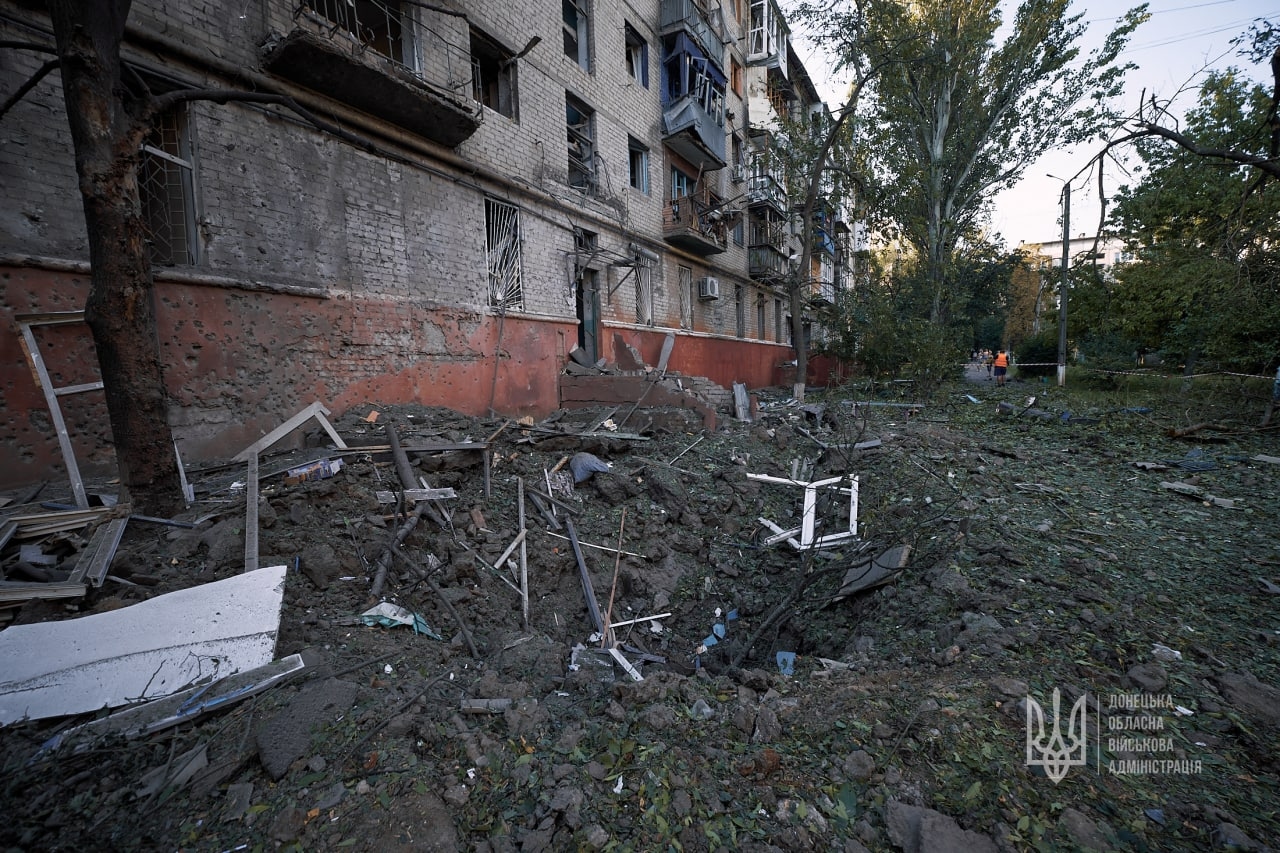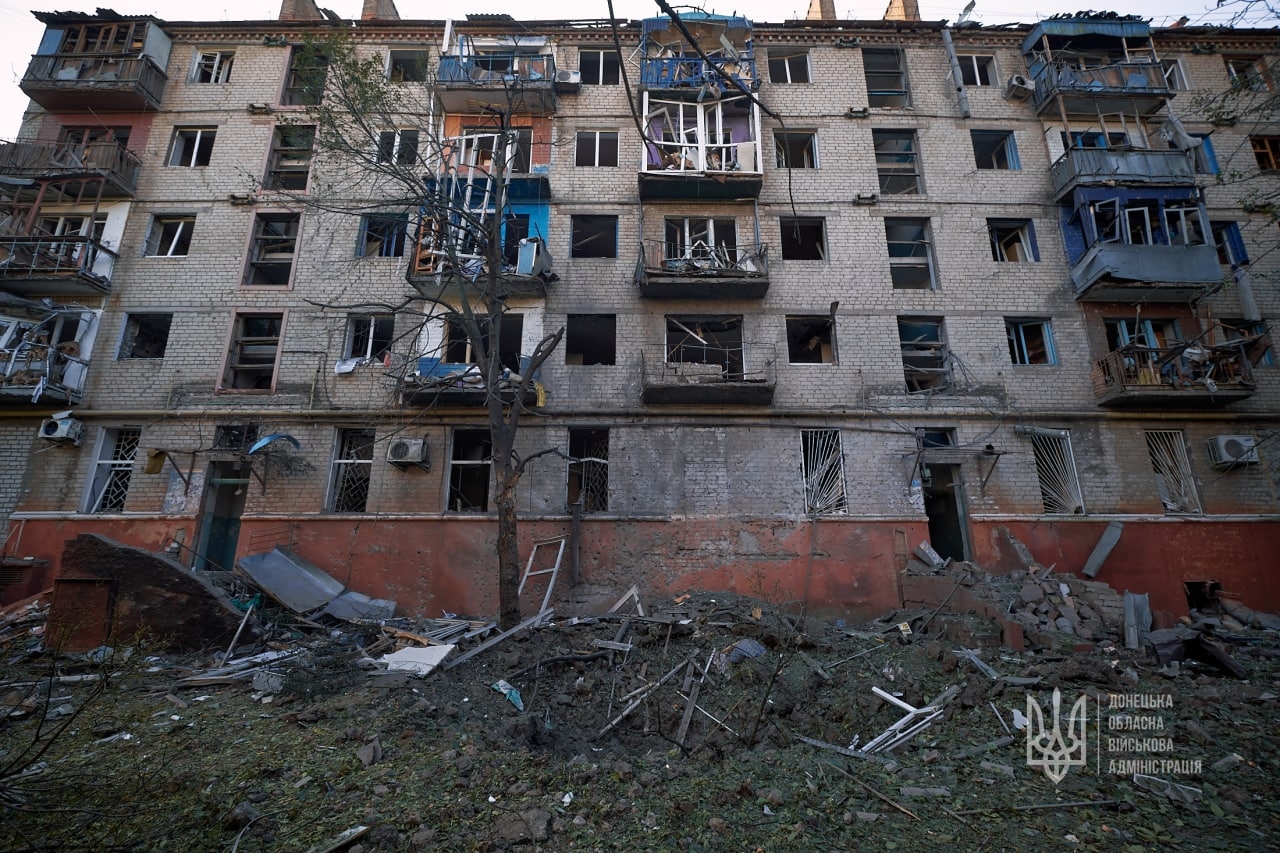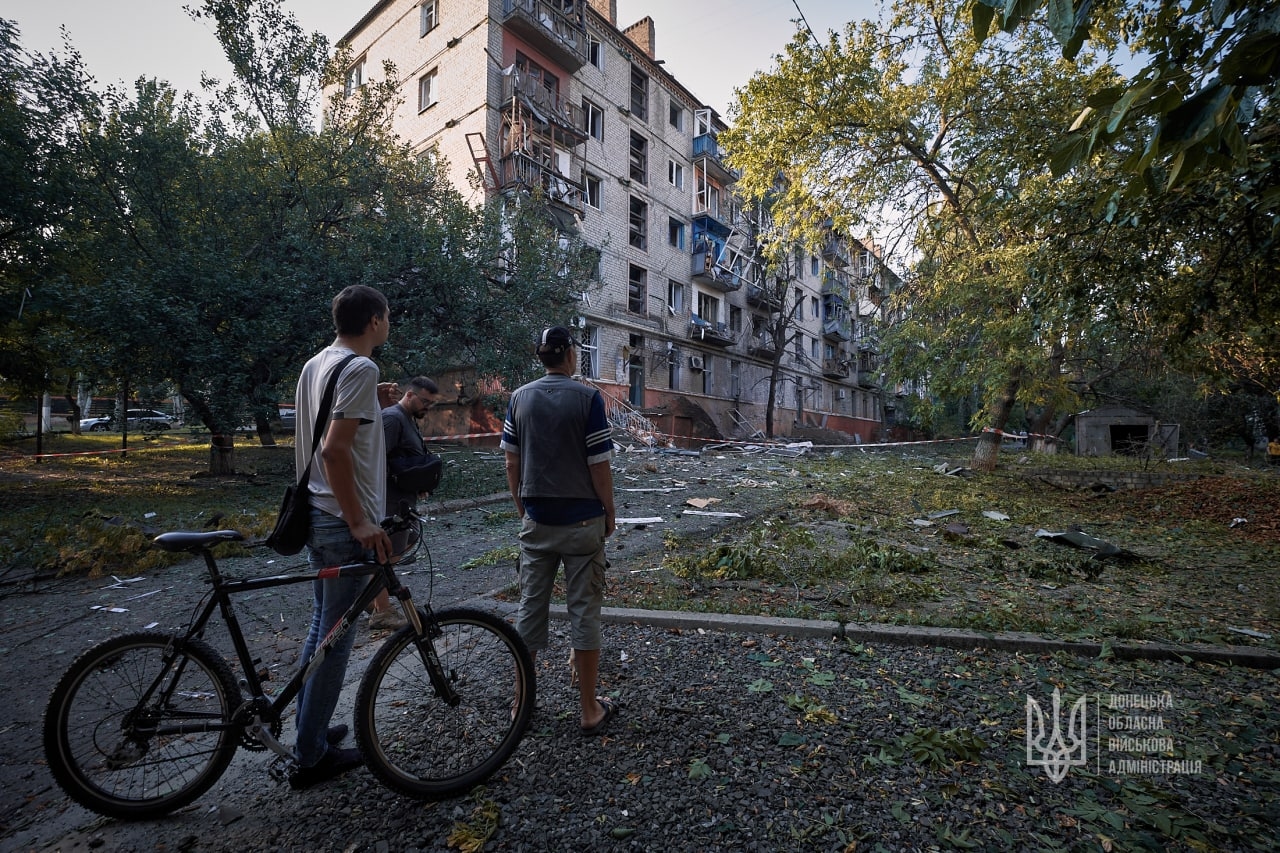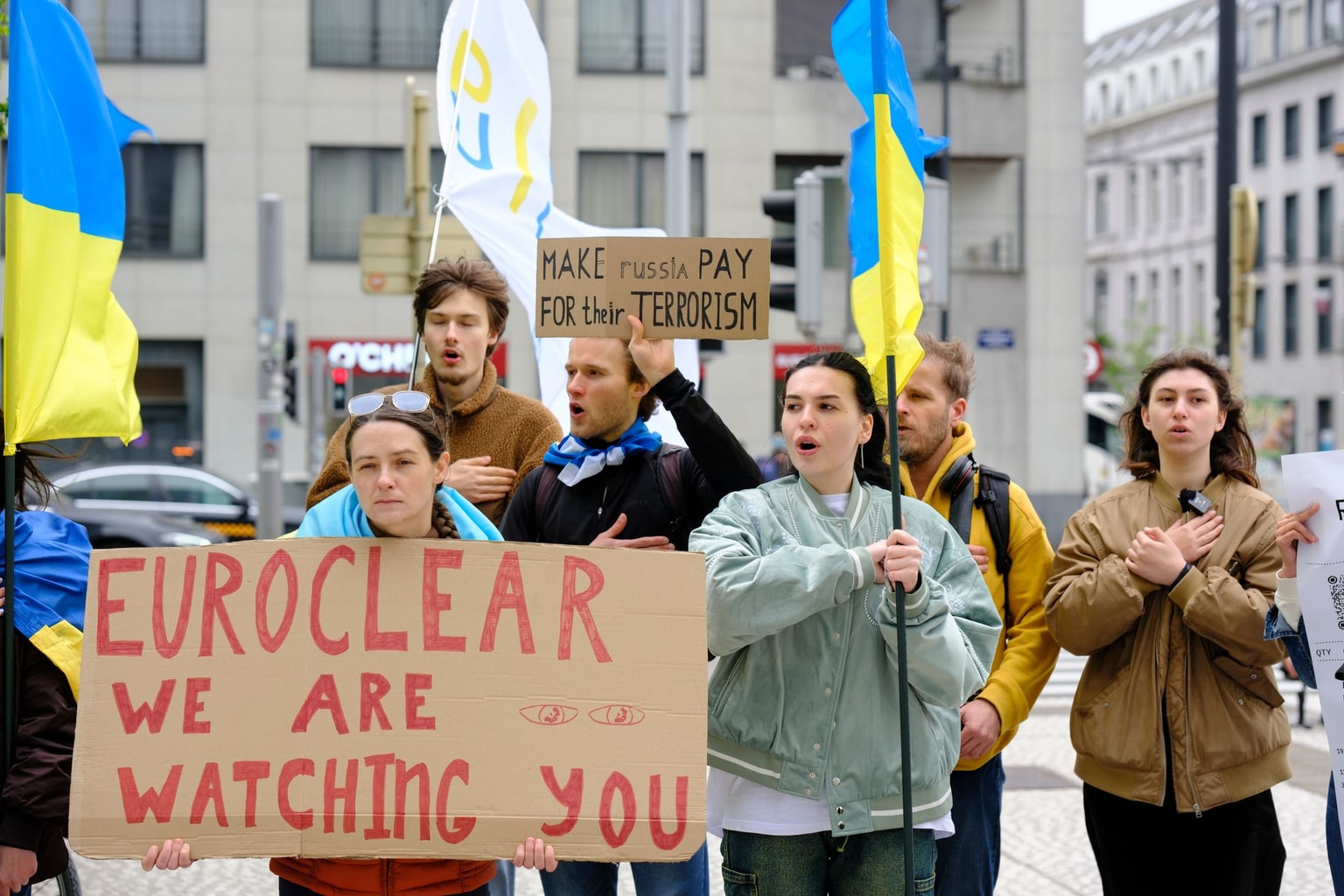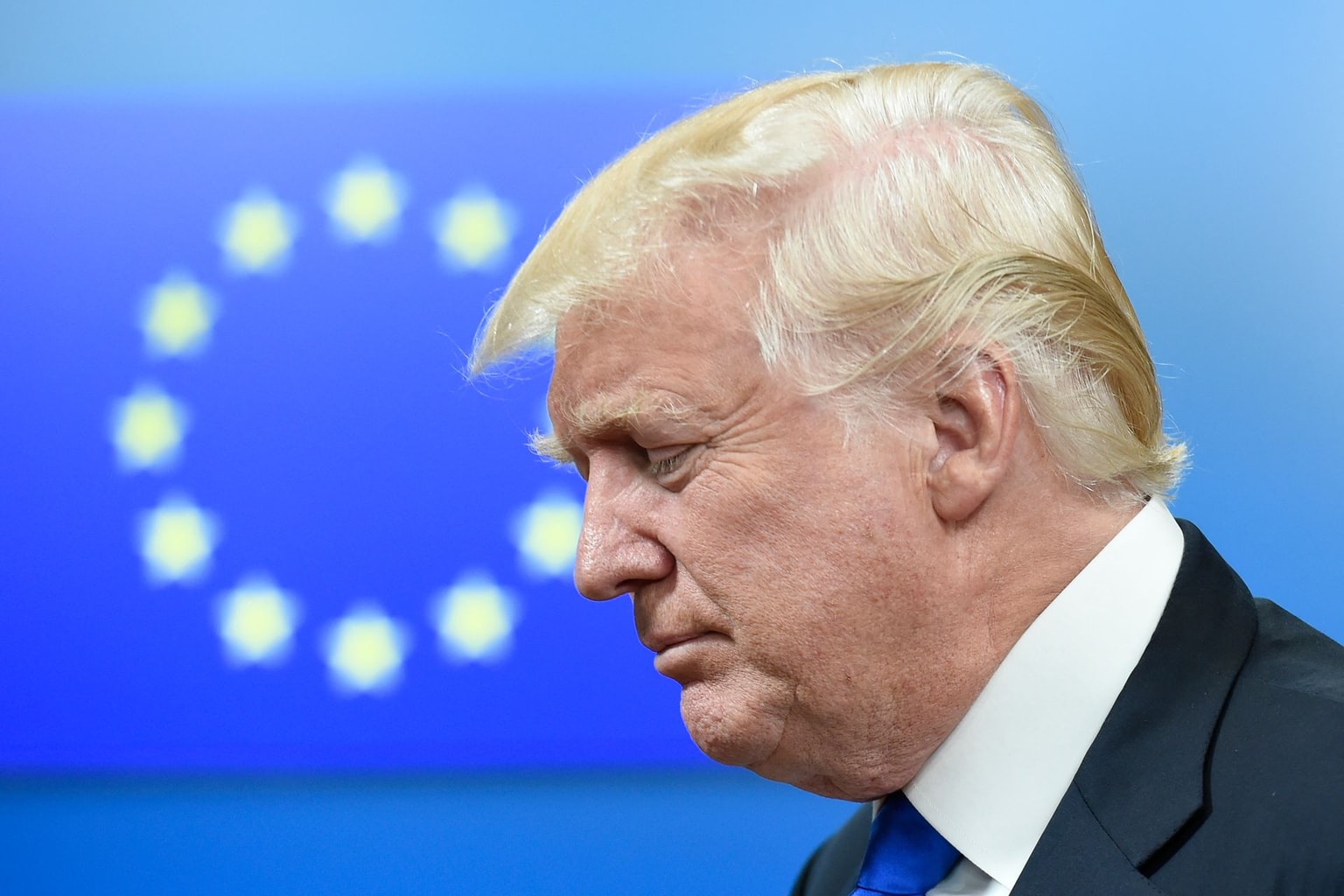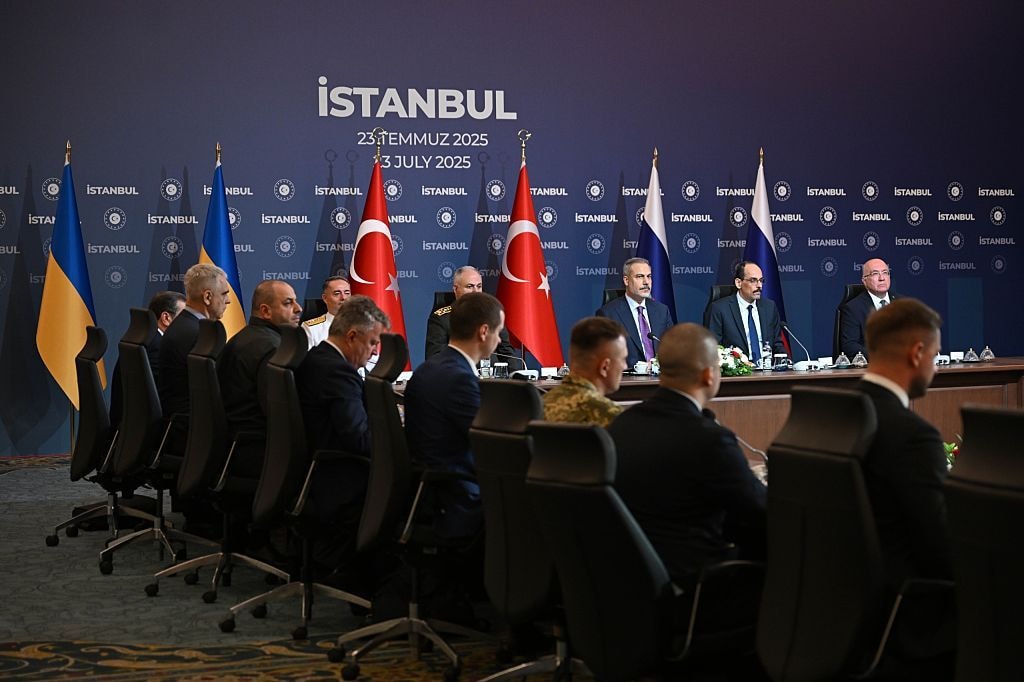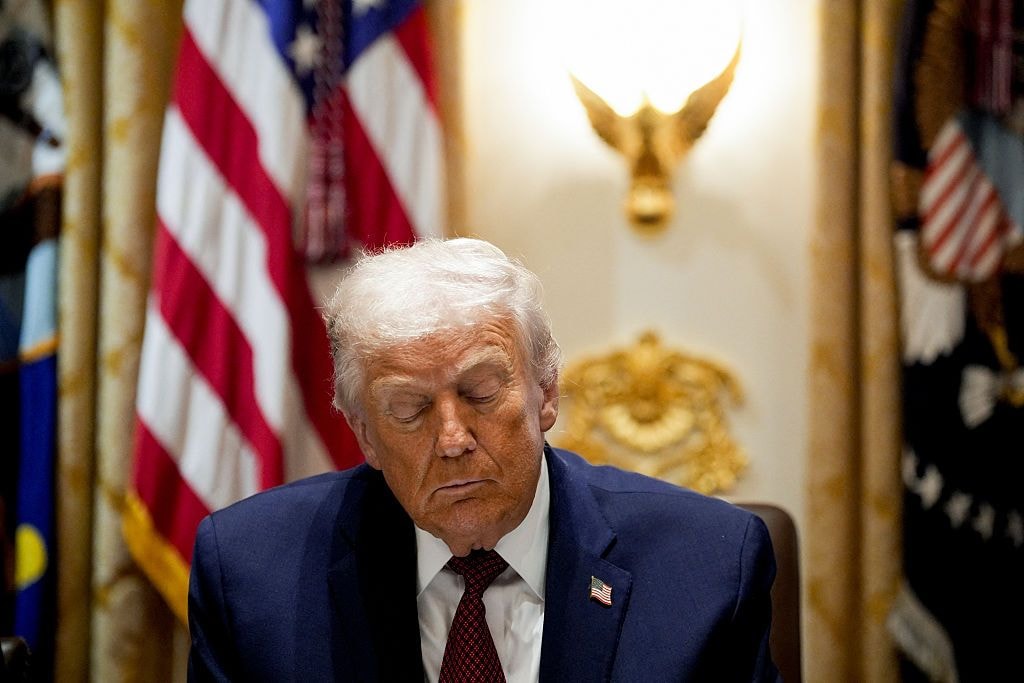Ukraine war latest: Russia blocks IAEA mission to Zaporizhzhia plant as Ukraine continues southern counteroffensive
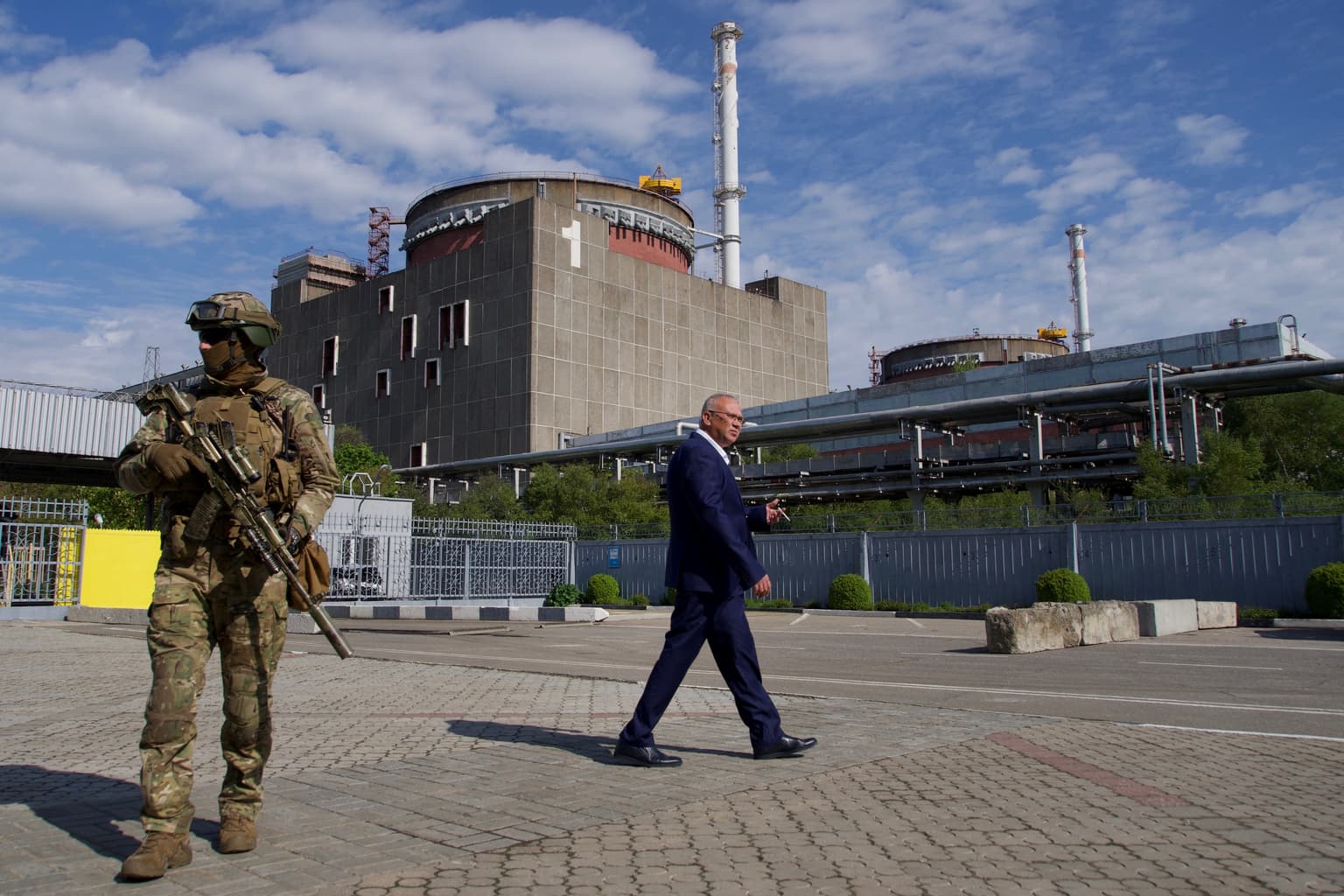
Ukrainian forces continue to target Russian strategic positions in Kherson Oblast amid a new ongoing southern counteroffensive that could be a major turning point in the war.
As the war enters a new phase, the Kremlin’s troops are continuing their onslaught in the eastern Donetsk Oblast, while signs of hope appear at the Zaporizhzhia nuclear power plant, occupied by Russia since early March and used by Russian troops to shell Ukrainian-held territories.
Early on Aug. 31, a delegation of 14 experts from the International Atomic Energy Agency (IAEA) headed to the Russian-held nuclear plant, embarking on one of the most complicated missions in its history.
But on its way to the Zaporizhzhia plant, Moscow’s forces refused to issue special passes to let the nuclear inspectors through its occupied territories at a checkpoint, BBC Russia reported. Local collaborator Vladimir Rogov said on Telegram that the watchdog’s experts could have reached the plant “safely (and) quickly” if they had headed to the plant through Russia instead.
The details of the IAEA’s expected visit to the Zaporizhzhia plant on Sept. 1 are unclear, including how quickly Russian forces will allow them to pass through checkpoints in their occupied territory and for how long the inspectors plan to be at the industrial site.
The plant, still operated by Ukrainian engineers living in the occupied town of Enerhodar, is in the middle of an active battlefield where frequent shelling has heightened fears of a nuclear catastrophe.
“We have a very, very important task there to perform, to assess the real situation there, to help stabilize the situation as much as we can,” IAEA director general Rafael Grossi said during a briefing before departing Kyiv.
As the long-awaited mission headed to the Zaporizhzhia plant, Russia continued its indiscriminate shelling across Ukraine, with attacks intensifying in the east.
Underscoring the need to punish Moscow for its war in Ukraine, Foreign Minister Dmytro Kuleba urged the EU to ban Russian tourists as the bloc’s foreign ministers gathered in Prague to discuss the possibility of such a travel ban.
"Only a tough and consistent policy can produce results,” Kuleba told Reuters prior to the EU leaders’ meeting where ministers later agreed on suspending a visa facilitation agreement with Moscow. The provision means that Russian citizens would have to wait longer and pay more for visas but falls short of an outright EU travel ban that Ukraine had asked for.
The EU meeting in Prague came as Russia’s gas monopoly Gazprom temporarily halted the flow of gas via the Nord Stream 1 pipeline to Europe, citing the need to carry out repairs. Though the state energy company said it would only last three days, the move has heightened fears over Europe’s ongoing energy crisis ahead of the winter.
Uncertain mission to Russian-held nuclear plant
In a convoy of armored S.U.V. vehicles, the IAEA delegation arrived in the afternoon in the Ukrainian-held city of Zaporizhzhia, which lies across the Dnipro River from the plant.
While Grossi said the mission had secured safety guarantees from both the Russian and Ukrainian militaries, its trip was far from safe.
Ukraine had repeatedly called for a permanent IAEA presence at the plant, to which Moscow’s envoy to the agency Mikhail Ulyanov responded by saying that Russia “welcomes this intention.” But it remained unclear when such a mission would begin or whether Russia is fully on board with the idea that could potentially shed light on the alleged abuses to Ukrainian personnel if Kyiv’s accusations prove to be accurate.
As the nuclear inspectors set off for the Zaporizhzhia plant, the exiled mayor of occupied Enerhodar Dmytro Orlov posted photos of the damaged city council administration building after what appears to be Russian shelling on Aug. 31.
In the days leading to the IAEA’s visit, an anonymous senior U.S. military official said that the U.S. believes that Russian forces are firing artillery from positions around and in the vicinity of the Zaporizhzhia plant.
After meeting with Grossi to discuss the mission, President Volodymyr Zelensky said that he hopes it will help prevent what could be a world-scale catastrophe.
“The risk of a radiation disaster due to Russian actions does not decrease,” Zelensky said on Aug. 30.
White House National Security Council spokesman John Kirby said that a controlled shutdown of the plant would be the safest option.
Southern counteroffensive
The scale of Ukraine’s push in the south is still unclear but Moscow appears to be reinforcing its troops in preparation for what is expected to be a long battle around the city of Kherson.
The situation on the ground is “stably tense and dynamic” as Ukrainian forces targeted Russian military positions and its logistics routes, Ukraine's Operational Command “South” reported on Aug. 31.
Having undertaken efforts to compromise Russian logistics prior to the announcement of the counteroffensive operation, Ukrainian forces are likely committed to a long-term effort composed of both strikes and ground assaults, the Institute for the Study of War (ISW) said.
The ISW’s assessment also said that Ukrainian forces had begun striking Russian pontoon ferries across the Dnipro River since it launched a counteroffensive on Aug. 29, an effort aimed at disrupting Russia’s ability to supply and reinforce its positions. Russian forces had begun constructing the pontoon bridges after Ukraine launched several strikes at the main bridges leading into Kherson, rendering them unusable to transport heavy vehicles and equipment.
Meanwhile, as Russia attempts to have more influence on the remaining residents in occupied territories amid the ongoing counteroffensive, proxies in Kherson Oblast’s Nova Kakhovka are promising to pay families 2,000 rubles ($33) per child who attends a Russian-run school, according to the Ukrainian Resistance Center’s report.
Russia’s continued war efforts
As fierce battles continue in the east and south of Ukraine, Russian forces continued to fire upon several regions, including Donetsk, Kharkiv, and Mykolaiv oblasts.
In Donetsk Oblast, heavy shelling continued throughout the region on Aug. 31 as the Ukrainian government calls on the remaining residents to flee their homes in a mandatory evacuation drive.
Donetsk Oblast Governor Pavlo Kyrylenko reported that Russian forces had shelled and launched missile strikes on Kramatorsk, Sloviansk, Chasiv Yar and Kurakhove. The official said there were no casualties in the overnight Russian attacks but that they inflicted damages on civilian infrastructure including at least four apartment buildings in central Kramatorsk. During the day on Aug. 30, four people were killed and two others were wounded, according to Kyrylenko.
Ukraine’s second-largest city, Kharkiv, was under fire again as Russian forces stepped up their shelling of the metropolis. Mayor Ihor Terehov reported that two residents were injured in the overnight shelling. The city was later hit with S-300 rockets, according to Kharkiv police chief Volodymyr Tymoshko.
In the eastern frontline, Ukraine’s General Staff said in its briefing that it had repelled Russian offensives toward Avdiivka, Bakhmut, Mayorsk, Zaitseve, and Pervomaiske. According to the report, Russian forces suffered losses.

